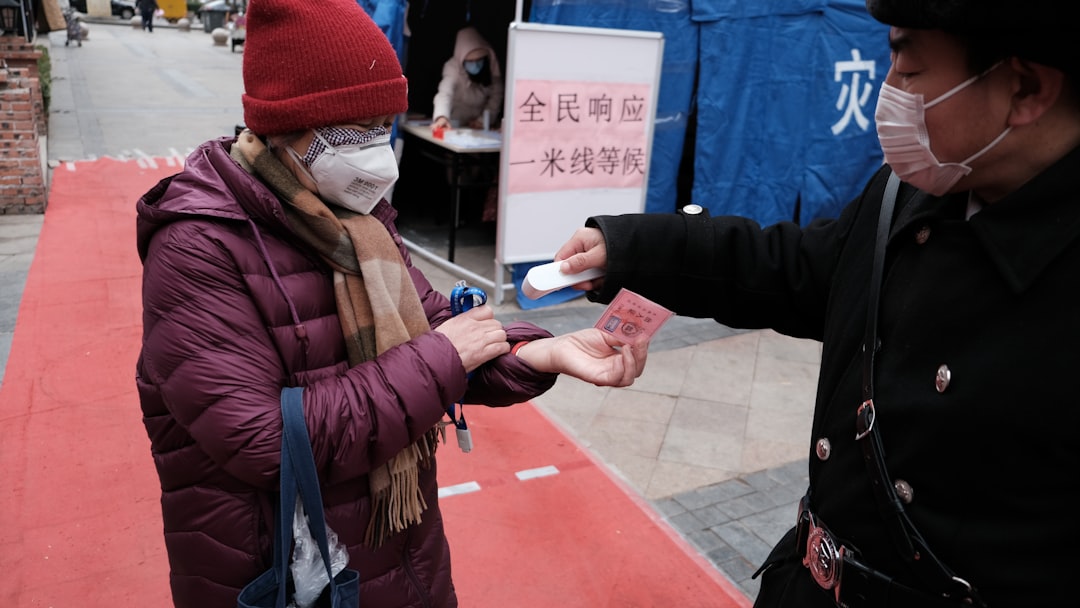What is it about?
There is a rich literature using behavioral economics to explore factors that impact demand for a range of commodities and activities. Applications have advanced our understanding of substance use disorders, health behaviors, and behaviors that impact the environment. Another rich behavioral economic literature applies models of delay discounting to study how commodity value diminishes with time. Delay discounting also has been applied to understanding substance use disorders and failures of self-control. However, these two fields have progressed independently with no unifying theoretical structure. This paper proposes a model that shows how hyperbolic delay discounting can be derived from a multi-commodity theory of demand with time as the cost. Within the clinical domain, the model demonstrates how demand intensity and cross-commodity substitution can explain differences in rates of discounting between commodities. More generally, the model provides a common language for describing, understanding, and influencing tradeoffs between time delays, money, and other rewards.
Featured Image

Photo by Erik Mclean on Unsplash
Why is it important?
The new theoretical structure will allow lessons learned from studies of drug demand to improve our understanding of factors that modulate delay discounting and the impact of time factors on choices, especially as it is manifest as failures of self-control in persons with substance use disorders. The most provocative implication of the model is that the intensity of demand for a commodity (like a drug) and the degree of substitution with other rewards will determine the rate of delay discounting. The implications of the new model extend far beyond the problems of addiction and apply to a range of human responses to public policies that govern health and safety, conservation, education, welfare, and personal economic decisions.
Perspectives
Economic behavior analysis has been enormously productive but lacked an overarching theoretical structure that has limited our ability to offer comprehensive approaches to treating unhealthy and destructive behavior. Beyond the clinical domain, I hope this paper will open the door to a greater understanding of how human choices impact the effectiveness of public policies, and, in turn, how public policies can more effectively address a broad array of human health, environmental, and economic problems.
Steven Hursh
Institutes for Behavior Resources, Inc.
Read the Original
This page is a summary of: A general model of demand and discounting., Psychology of Addictive Behaviors, June 2022, American Psychological Association (APA),
DOI: 10.1037/adb0000848.
You can read the full text:
Contributors
The following have contributed to this page










